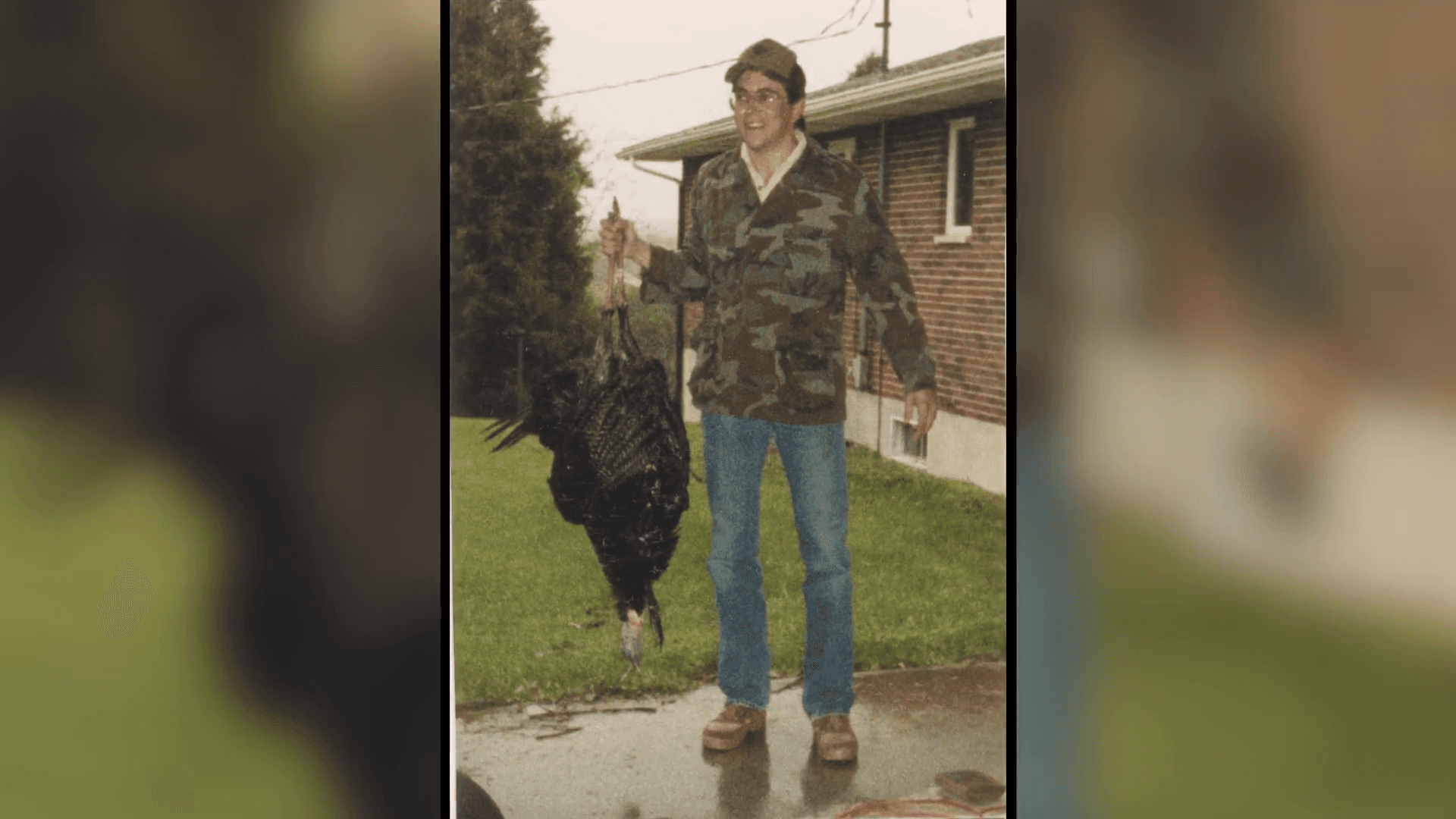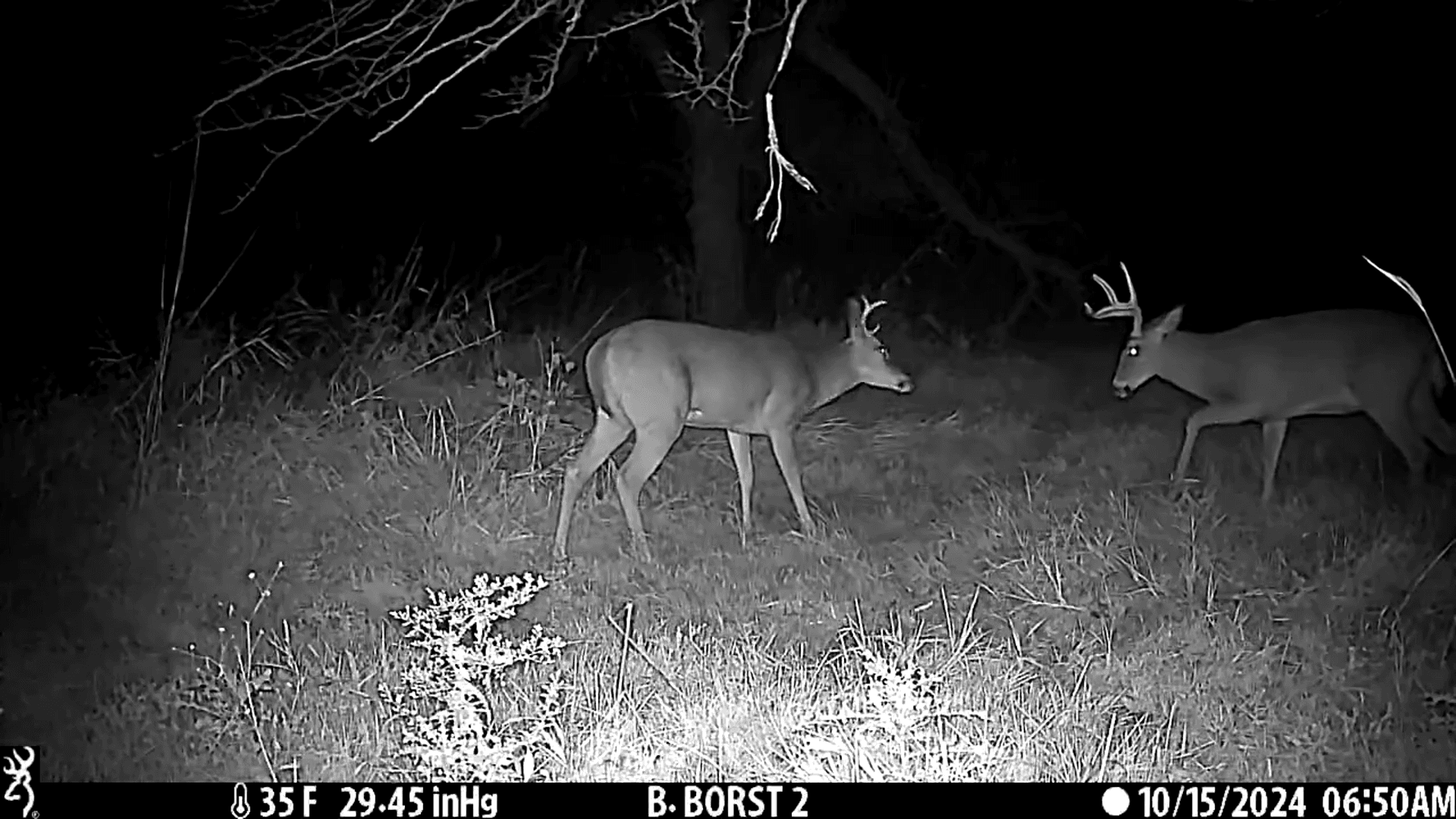
Lake Päijänne Hunting: Key Insights into Specifics, Legislation, and Hunting Associations Lake Päijänne, the second-largest lake in Finland, spans a vast area of pristine wilderness and offers hunters an unparalleled opportunity to experience the rich biodiversity of Central Finland. Surrounded by dense forests, rolling hills, and countless islands, this region is a haven for both game animals and hunters seeking adventure. This article provides a detailed overview of Lake Päijänne hunting, covering its geographical and natural features, hunting specifics, demographics, game species, hunting seasons, local associations, legislation, traditions, and fascinating facts. Geographical and Natural Features Lake Päijänne stretches across 1,080 km², with over 5,000 islands dotting its waters. The surrounding landscape consists of boreal forests dominated by Scots pine, Norway spruce, and birch trees, interspersed with bogs, wetlands, and rocky outcrops. The region’s climate is typical of C
Post: 19 May 14:41













































